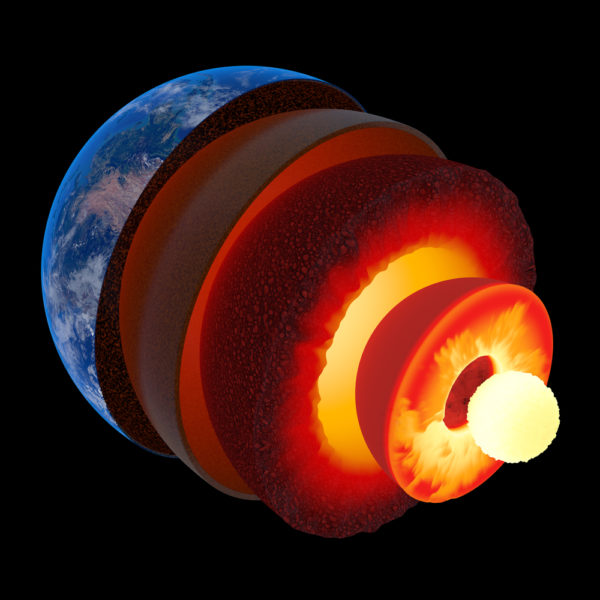
Around 3 billion years ago, Earth’s crust ballooned during a massive growth spurt, geoscientists have found.
At that time, just 1.5 billion years after Earth formed, the mantle — the layer of silicate rock between the crust and the outer core that was more active in the past — heated up, causing magma from that layer to ooze into fragments of older crust above it. Those fragments acted as “seeds” for the growth of modern-day continents.
The researchers found evidence for this growth spurt hiding in ancient zircon crystals in stream sediments in Greenland. These extremely durable crystals — made up of zirconium silicate — formed during the growth spurt around 3 billion years ago.
“There have probably been multiple crust-forming events in the Earth’s history,” lead researcher Chris Kirkland, a professor of geoscience at Curtin University in Australia, told Live Science. “But this global injection event 3 billion years ago is definitely one of the biggest.”


